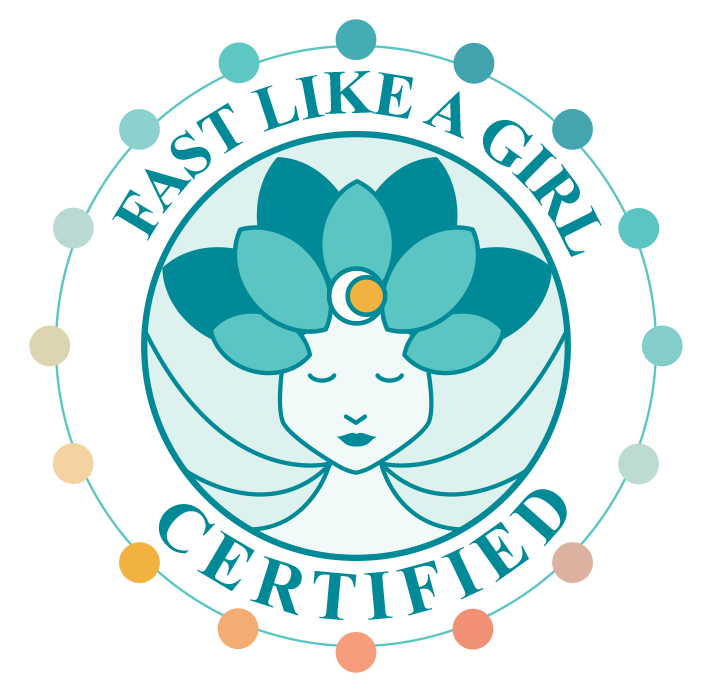You may be impressed as I am by a few of the statistics about the importance of water to our health:
- 99.92% of the molecules in our bodies are water, involved in almost every metabolic process.
- Most of us are chronically dehydrated, in fact, dehydration is correlated with aging and death.
- But when you drink more water, it will go right through you unless it’s high-quality water & your body is primed to absorb it.
Alright, it’s important, but how do I find high-quality water to drink as well as absorb?
Identifying High Quality Water
I have learned much about water quality from the “Water Wizard” Viktor Schauberger.
I am aligned with his views of Nature, so I listen to his informed opinion on the best water for humans. He considered water flowing from a natural source, particularly a mountain stream, suitable for drinking because it had gone through the whole natural cycle Nature provides.
Very few of us can draw water from a natural spring or moving mountain stream, so we look for practical ways to get high quality water for drinking and bathing.
Bottle it!
So say water bottling companies. Bottled mountain spring water is popular because it is marketed to be from a pristine, healthy source. Some is, but some is simply tap water: you have to go beyond the label.
In addition, the reality is that in order for spring water to be packaged and sold, it is processed. It may be minimally filtered, then subject to ultraviolet light and ozone to ensure freedom from microbial contaminants. As it sits in a bottle, unable to move as in Nature, it loses its vitality.
What about the bottle?
Most water is bottled in plastic containers, which may or may not add significant contaminates. How long has that water traveled before reaching you, and has it been sitting in your hot car? Contaminants from the plastic degrade the water quality.
Plus, how sustainable is it to have an individually packaged serving of water? Plastic is polluting the ocean and landfills. So is glass.
Better taste?
The reality is that bottled water often tastes better than tap water.
But tap water is more highly regulated than bottled water, so it may be a better quality, and we may want to skip water from a bottle.
If we can improve the taste, can we get by with tap water?
Filtering Tap Water
- Did you know that municipal water contains pharmaceutical drugs and their metabolites?
- That if city water contaminants are under the legal limits, the water still might not be safe?
Water supplies vary greatly in hardness and dissolved contaminants. Know what is in your tap water.
You can check the Environmental Working Group’s Tapwater database, putting in your zip code. It will even recommend which type of filter will take out your municipality’s contaminants.
Any filter can be better than none, yet getting a high-quality filter appropriate to your municipal or well water supply can start to improve water quality. But don’t waste your money on a filter which does not do what it promises.
To find out what filtering might be appropriate, you can also check your water supply through an independent lab for water testing from MyTapScore.com. It is useful to monitor your municipal or well water quality, and match treatments to contaminants.
Chlorine Kills
Your skin is your largest organ. You can absorb up to 1.5 liters of water by bathing. One of the biggest concerns with tap water for bathing is the chlorine content.
The purpose of chlorine is to kill microorganisms. That can be useful as it is stored in municipal water tanks and as it travels in pipes to your tap.
However, our human body can be thought of as a consortium of beneficial bacteria which outnumber human cells. What is happening to those important beneficial bacteria when they are exposed to chlorine? We are damaging our skin microbiome!
Also, we start to sterilize our gut by drinking chlorinated water, killing the much-needed gut microbiome.
Therefore, if chlorine is added, it needs to be removed or neutralized.
Methods of separating out toxins
Water can be purified by separating contaminants and treating it in a variety of ways including:
- Activated Carbon
- Reverse Osmosis
- Ultraviolet (UV) Technologies
- Distillation
Then there are whole-house treatment systems designed to reduce contaminants in water intended for showering, washing dishes and clothes, brushing teeth, and flushing toilets, using technologies such as:
- Ion Exchange
- Activated Carbon
- Filtration
What to choose?
How do you know how to choose a system and if a system is doing its job?
The Water Quality Association is the leading voice of the residential, commercial, industrial and small community water treatment industry.
IAPMO R&T is North America’s premier plumbing and mechanical product certification agency, offering Drinking Water Systems Certification for products.
You can check whether a product is certified by searching in its database. It’s up to you to do the research. I will leave you to that later or I may tackle it later in a blog.
Not the end
But, wait, before you go off and research filtering, there is more.
The processing and the pressure needed to purify tap water leaves water generally devoid of life. In addition, the physical contaminants may be out, but their memory remains in the structure of the water.
Water loses its vitality, visible in its structure, when it is stagnant, polluted, heated, treated with chemicals, filtered, pressurized, or forced to flow in straight lines and right angles.
What to do now? Go to step 2 of Water Quality Practicalities





